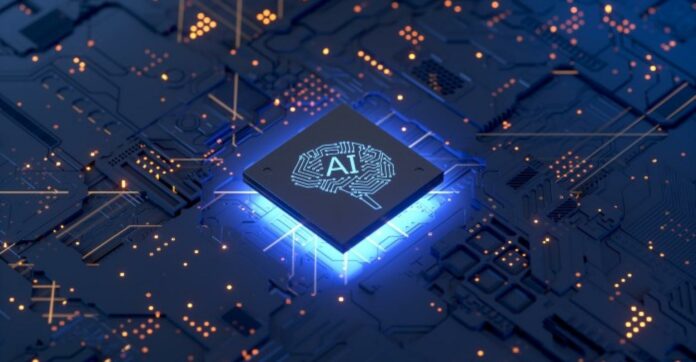Deep learning is an Artificial intelligence or part of machine learning that copies workings of the human brain in processing data for use in recognizing speech, detecting objects, translating languages, and making decisions. Soon you can check your vitals or set your thermostat at home and monitor the Internet of Things or IoT.
The researchers from the Massachusetts Institute of Technology developed a system that brings deep learning neural networks to new and smaller places similar to a tiny computer chip in wearable medical devices, household appliances, 250 billion other objects comprise of the IoT or Internet of Things. The MCUNet system designs compact neural networks that deliver unknown speed and accuracy for deep learning on the Internet of Things or IoT device without affecting the processing power and limited memory.
The technology could make it easier for the expansion of the IoT universe while saving energy and improving data security.MCUNet has two components needed for “tiny deep learning” one is TinyEngine, as well as the TinyNAS. TinyEngine is an inference engine that shows resource management along with optimized to run a particular neural network structure. TinyNAS is a neural architecture search algorithm. Designing a deep network for microcontrollers is not an easy task.
Ji Lin, a Ph.D. student in Song Han’s lab in MIT’s Department of Electrical Engineering and Computer Science, commented that it’s not easy to directly apply techniques to tiny microcontrollers as it is so small. Lin produced TinyNAS, a neural architecture search algorithm that creates custom-sized networks. It means that it can generate compact neural networks with the best possible performance for a given microcontroller with no unnecessary parameters.
The research will be presented, at the Conference of Neural Information Processing Systems next month. Testing on a commercial microcontroller, MCUNet successfully classified 70.7 % of the novel images, as well as the inference engine combo, which was just 54 percent accurate. Lin commented that even a 1 %improvement is considered significant and the main key advantage is preserving privacy and no need to transmit the data to the cloud commented Han.

